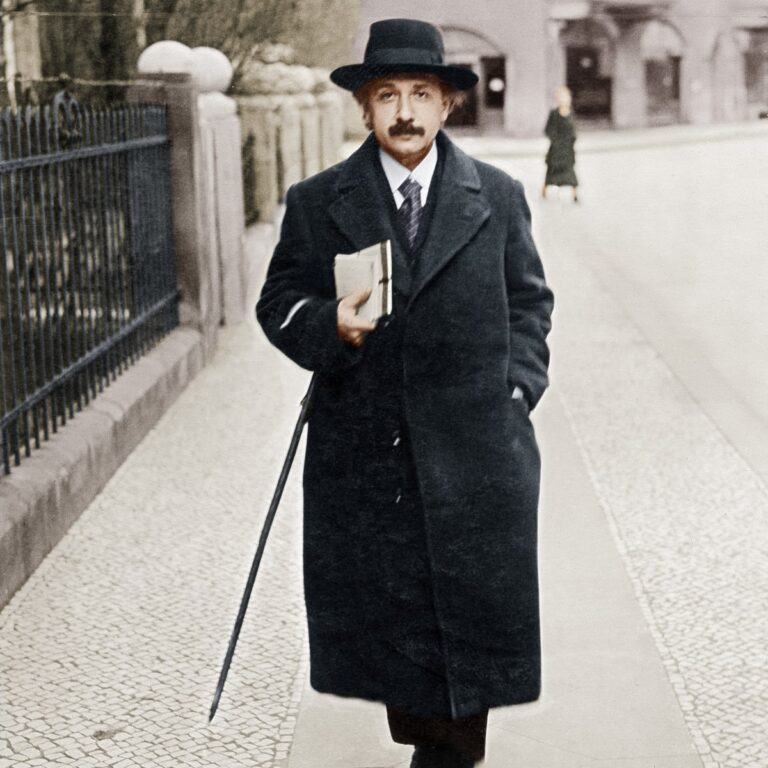Quantum Computing Weekly Round-Up: Week Ending November 8, 2025
What a blockbuster week for quantum tech—massive government funding renewals, two companies going public (or nearly), record-breaking hardware launches, and earnings reports that show the industry is finally turning hype into revenue. Here’s the complete rundown of the 14 biggest stories your Qubit Report Staff compiled:
The Money Avalanche
The U.S. Department of Energy dropped a whopping $625 million to renew all five National Quantum Information Science Research Centers for another five years. That’s $125 million per center, including a $125M slice just for the Oak Ridge-led Quantum Science Center. IBM is now plugged into four of the five centers to push “quantum-centric supercomputing“.
Public Market Fireworks
Toronto-based photonic leader Xanadu announced a SPAC merger with Crane Harbor Acquisition Corp that will make it the world’s first (and only) publicly traded pure-play photonic quantum company—$3.1B enterprise value, $500M in fresh cash, trading on both Nasdaq and TSX via this business combination.
Hardware Launches That Actually Matter
Quantinuum commercially launched Helios—claiming the highest fidelity ever in a general-purpose machine (99.921% two-qubit gates) and instantly available to Amgen, BMW, JPMorgan Chase, and SoftBank in their official announcement. They even rolled out a new Python-based language called Guppy for hybrid workflows.
Earnings Season Highlights
- IonQ crushed it with $39.9M revenue (+222% YoY), closed $2B equity raise taking cash to $3.5B, bought Oxford Ionics and Vector Atomic, and hit #AQ64 three months early—full details in their Q3 2025 financial results.
- D-Wave doubled revenue to $3.7M, hit $836M cash balance (all-time high), and closed another $12M+ in bookings right after quarter-end, as reported in their Q3 2025 results.
DARPA’s 2033 Utility Challenge
DARPA advanced 11 companies to Stage B of its Quantum Benchmarking Initiative—basically daring them to prove they’ll have a genuinely useful (not just big) quantum computer by 2033. The list: Atom, Diraq, IBM, IonQ, Nord Quantique, Photonic, Quantinuum, Quantum Motion, QuEra, SQC, and Xanadu.
Integration Wins
Alice & Bob + UK’s Hartree Centre became the first to plug cat-qubit processors into SLURM—the scheduler that runs 60% of the world’s supercomputers—via their groundbreaking integration. Quantum jobs now queue up just like GPU jobs.
International Milestones
- Indian startup QNu Labs (with Indian Army help) deployed the country’s first 500+ km quantum-secure communication network over existing fiber in Rajasthan.
- IISc researchers built universal quantum gates using single photons, cramming three qubits per photon and creating a six-qubit entangled state at room temperature in their photonic breakthrough.
Crypto/Post-Quantum Security
HSBC revealed its multi-year playbook for quantum-safe finance at Singapore FinTech Festival in this collaborative strategy piece, while HP detailed how it shipped the world’s first quantum-safe Secure Boot (hybrid RSA+LMS signatures) back in 2024 with PQShield’s hardware-first approach.
Elon Being Elon
Musk floated building quantum computers in permanently shadowed lunar craters (natural dilution refrigerators at -200°C) and hinted he might start “SpaceQ” or fold quantum into xAI/Tesla, as covered in Quantum Zeitgeist’s deep dive.
Bottom Line
2025 is delivering the “year of utility” faster than anyone predicted—billion-dollar war chests, record fidelities, real enterprise customers, and governments writing nine-figure checks. The quantum gold rush is officially on. 🚀
See the full week of articles in the Weekly Archives Pages.
Also from The Qubit Report archives is Startup Funding for November, 2020 and the Weekly Round-Up from April 17, 2021.


